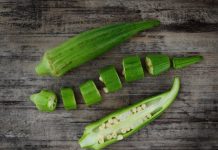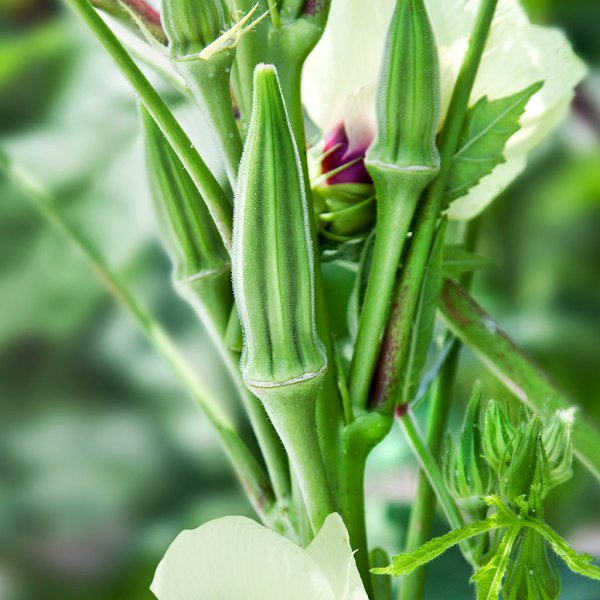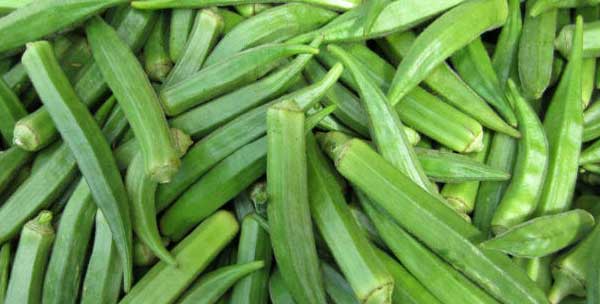Pests of Okra
- Spotted Boll Worm: The larvae of this moth attack the shoots of plant by boring into it. It also bores into the fruits which are rendered unfit for human consumption.
- Jassid: The adults and nymphs of this insect feed on the plants by sucking the sap. Leaves turn pale and curl upwards. The cupping may be followed by drying of leaves from the margins giving a characteristic symptom known as hopper burn. Both spotted boll-worm and jassid attack the crop from May to September.
Control: For controlling both these pests spray at fortnightly intervals with 500 ml Malathion 50 EC in 100-125 litres of water per acre. As soon as fruiting starts, spray 500 g of carbrayl 50 W.P. or 350 ml Thiodan 35 EC or 100 ml of Sumicidin 20 EC (fenvalerate) or 80 ml of Cymbush 25 EC (Cypermethrin) in 100-125 L of water per acre. Picking of fruits should be done before spraying. Borer infested fruits if any, should be removed regularly and buried deep.
- Spider Mite: The plants are considerably damaged and weakened and the adults and nymphs suck the plant sap. In severe cases the leaves dry up and fall off.
Control: The crop should be sprayed with 250 ml of Metasystox 25 EC or Rogor 30 EC in 125 litres of water.
Diseases of Okra
- Wilt: The growth of the plant becomes stunted and the leaves give the appearance of yellow and wilted growth. The stem turns dark, close to the soil surface and finally the entire plant wilts.
Control: Bhindi should not be rotated with crops like tomato, eggplant and chillies. It should not be grown in the infested field for three years. Use seed from healthy plants only. Treat the seed with 3 g of Captain or Thiram per kg seed before sowing.
- Yellow vein Mosaic: During rainy season, it is a very serious disease. Due to clearing of veins, leaves look chlorotic. There is a yellow and mosaic pattern. Fruit production is adversely affected. Fruits become yellow and lose acceptability.
Control: Bhindi varieties with narrow leaves should be planted instead of varieties with broad leaves. Disease resistant varieties like Panjab-7 and Panjab Padmini should be sown. The insects such as white flies, responsible for the spread of this disease, should be controlled. Spray 560 ml of Malathion 50 EC in 350 litre of water per acre for the control of vector.




